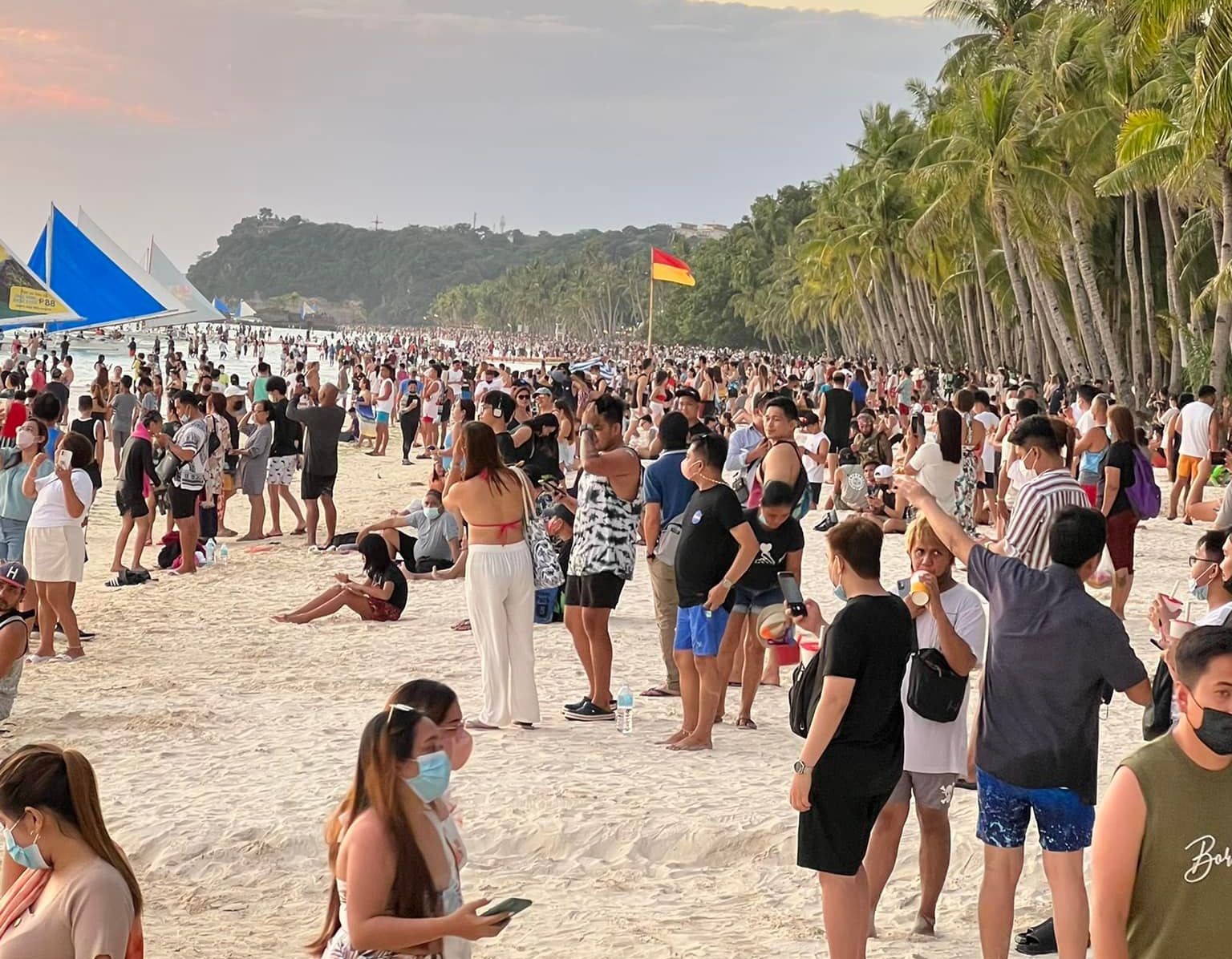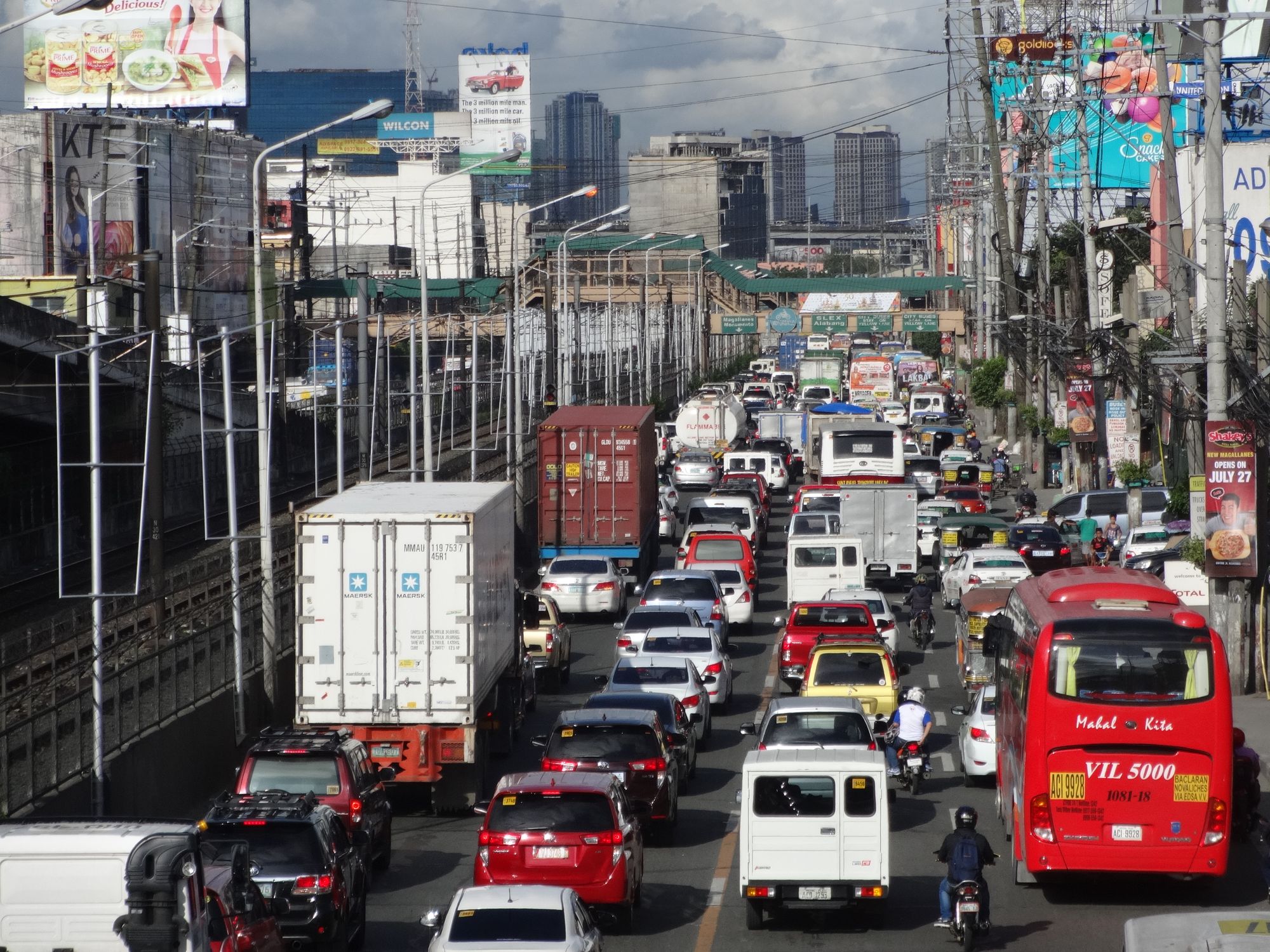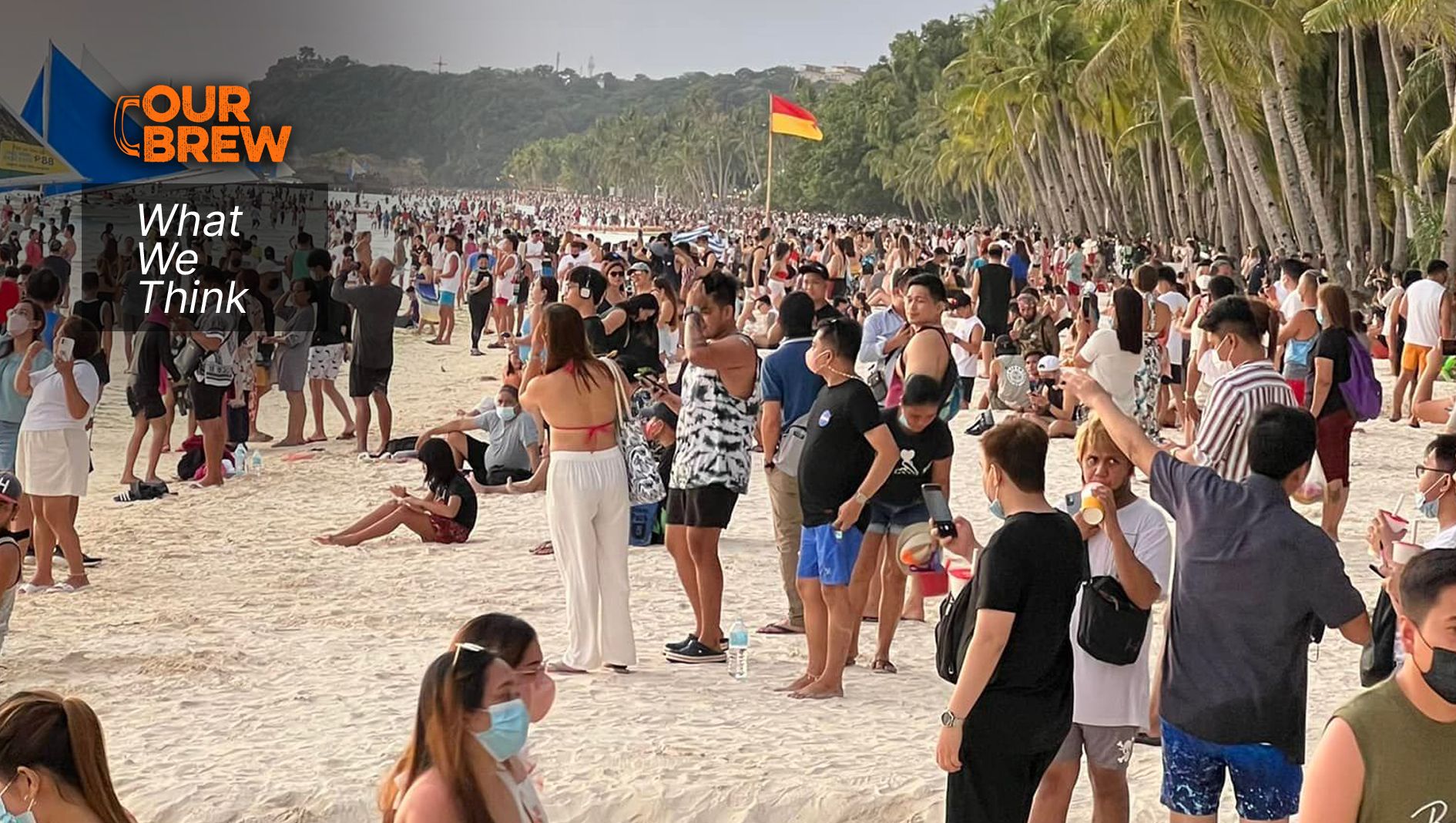
Local governments have been actively promoting tourist sites. Yet many of them can’t manage vehicular and human traffic during peak season, dispose tons of garbage properly, and deal with petty crimes and medical emergencies
By Joey Salgado
The Manila Bulletin, the country’s oldest newspaper, has built a reputation for its sober, level-headed approach to news reporting. So when its April 10 print edition carried the rather jolting headline “22 Die, 22 Hurt during Holy Week Break” with the subhead “Exodus of Millions to NCR Expected Today,” one cannot help but get another cup of morning coffee. This shit must be serious. And it was.
Later that day, the Philippine National Police (PNP) revealed a higher death count. In a press briefing, the PNP said a total of 72 deaths due to drowning were reported nationwide during the extended Holy Week break. A PNP official reminded parents to look after their children, implying that a considerable number of fatalities were children. He also warned against excessive drinking, which implied that drunk adults were among those who drowned.
The PNP attributed the unusually high number of Holy Week fatalities to “revenge travel.” “People got a bit excited to go to beaches and resorts,” a wire service quoted the PNP spokesperson.
But citing “revenge travel” as the direct cause for the high number of fatalities is a bit insensitive. Is the PNP blaming over-excited travelers for their own tragedies? It’s a peculiar kind of logic, similar to the way the PNP usually explains high crime rates (There are more crimes recorded because people report these crimes because they trust the police. Say what?).
There’s more to this than the itch to travel after years of government-imposed mobility restrictions. There are long-festering issues that need to be faced squarely by the authorities both at the national and local levels.
First is congestion in Metro Manila. According to Wikipedia, the capital region is the second most populous and the most densely populated region in the country. We are the ninth most populous metropolitan area in Asia, and the fifth most populous urban area in the world. In a 2019 report, the Asian Development Bank (ADB) ranked Metro Manila as the most congested among 278 Asian cities with populations of more than five million people.

Unconvinced by research? On any given day, EDSA would be clogged with vehicles. Last week, you can travel from Cubao to Makati in five minutes, even less. It’s like 90 per cent of the metropolis went on vacation. Contrast this with the endless lines of vehicles who made their way inch-by-inch to and from nearby tourist spots. See those photos of crowded beaches and resorts? Bet you my dog’s balls those tourists are from Metro Manila. Those piles of garbage on the beach? Guess who left them there.
This brings us to the second issue. Most localities are not ready to accept tourists. Sure, we’ve seen a surge in undiscovered gems, hidden beaches, homey resorts and natural or man-made attractions. Local government have been actively promoting these sites. Yet many of them can’t manage vehicular and human traffic during peak season, dispose tons of garbage properly, and deal with petty crimes and medical emergencies.
These local governments have yet to invest in basic tourist amenities because they don’t have enough money. Whatever revenues are raised from tourism usually go to salaries, operating expenses, and basic services for residents. This is where the national government should step in.
But are there enough funds? At the height of the pandemic, the then Speaker included a provision for a P10 billion “tourism recovery fund” in the House version of the Bayanihan 2, the government’s emergency fund to fight the pandemic. The tourism fund was earmarked specifically for tourism-related infrastructure projects in congressional districts. The provision was rejected by the Senate. Instead, they reallocated the money to Micro, Small and Medium Enterprises (MSMEs) and tourism workers. Besides, the fund was seen by some sectors as a “pabaon” for the then Speaker’s allies (He was set to step down under a term-sharing agreement which he initially refused to honor).
It was a good idea but the timing was bad and the motive shady. The chief proponent also had an unsavory reputation for being generous with taxpayer’s money but selective in spreading the manna. With the economy on the mend, more people traveling, and with that overgenerous politician out of the House, the idea of a tourism recovery fund needs to be reconsidered.
If you liked what you just read and want more of Our Brew, subscribe to get notified. Just enter your email below.


Related Posts
Welcome to the PR Presidency
Jun 18, 2025
What Happened to Sara’s Impeachment? ‘Na-tokhang sa Senado’
Jun 11, 2025
On Learning to Smile at the CCTV Camera
Jun 09, 2025